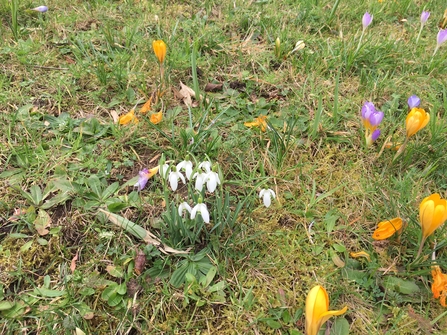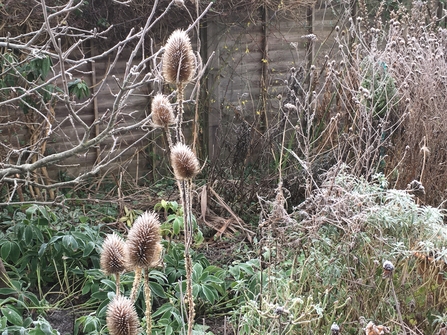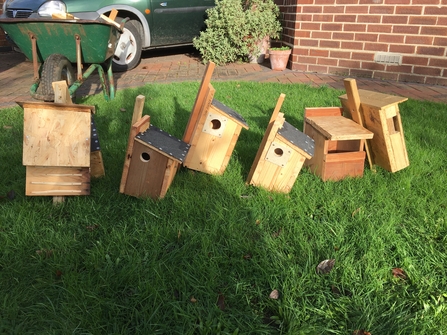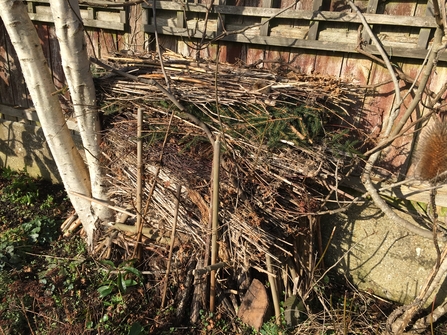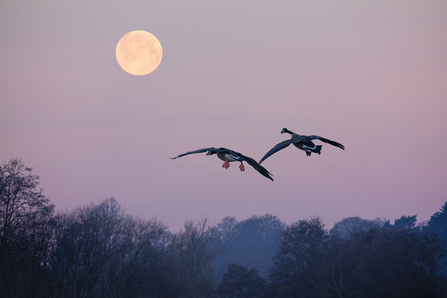With short days and colder weather, we tend to think that nature shuts down for winter, going into hibernation like a dormouse. But, of course it does no such thing. Nature is dynamic, always on the move, planning the next phase.
Underneath the soil, bulbs are slowly sending up shoots, Winter flowering shrubs are a magnet for any insects brave enough to venture out on milder days, and buds start to dwell on our fruit trees.
The first crocuses began flowering in mid January in the meadow, followed by snowdrops - welcome splashes of colour when we really need it.


